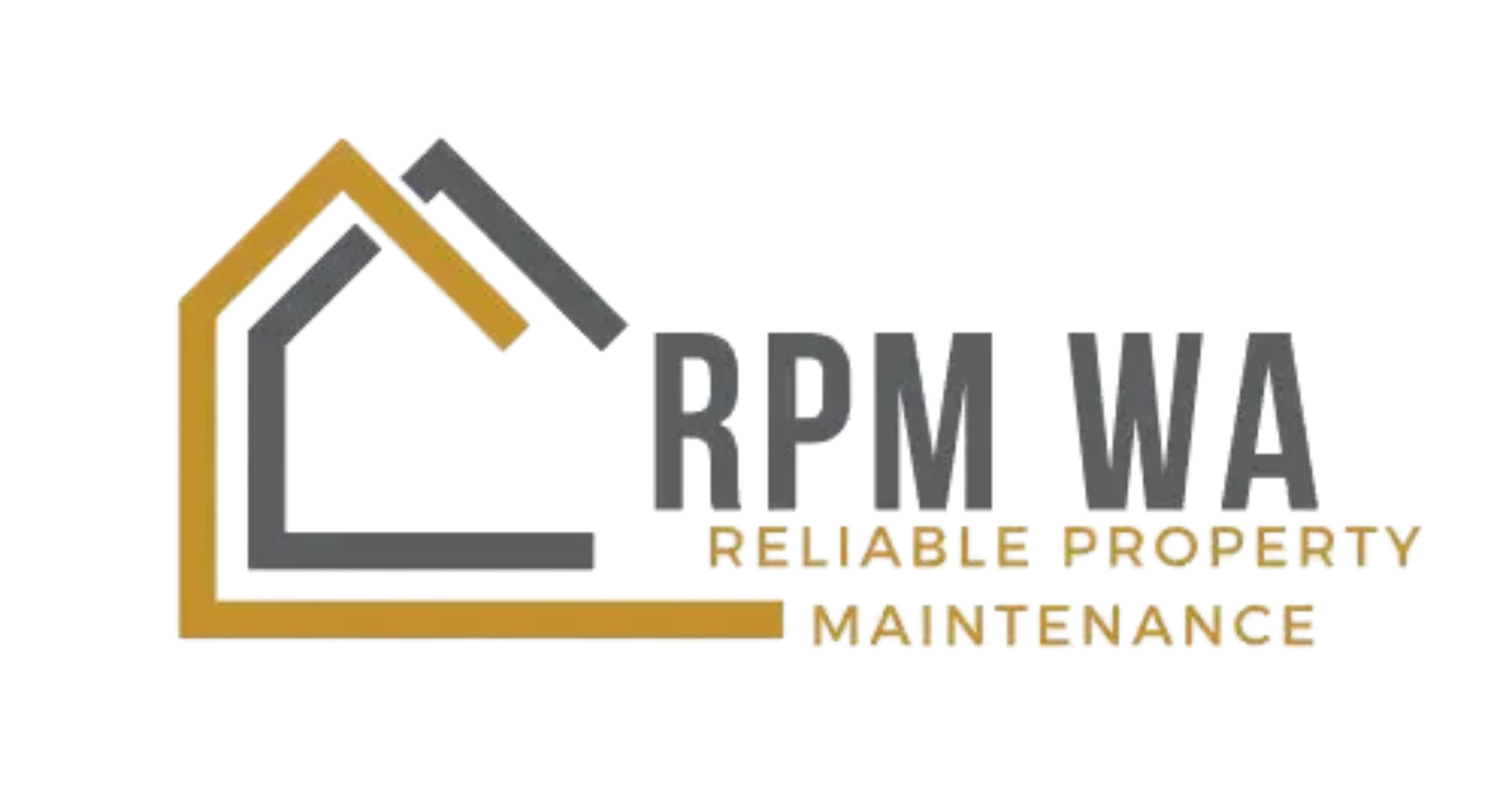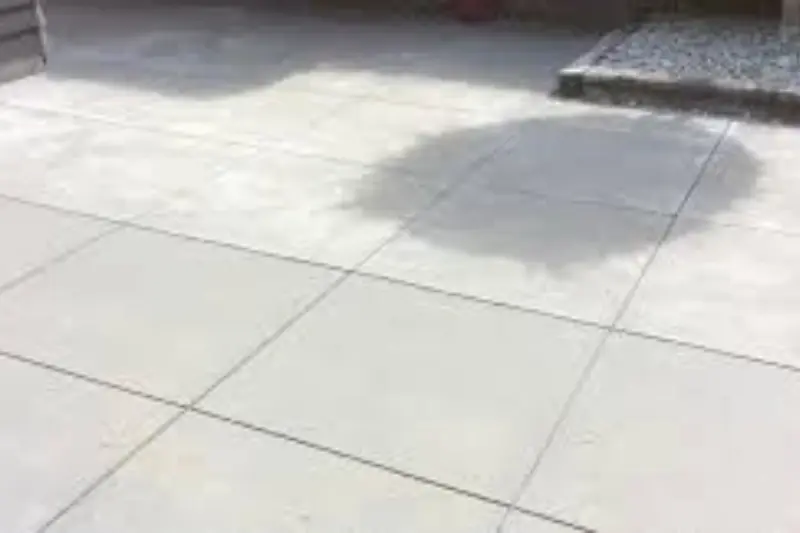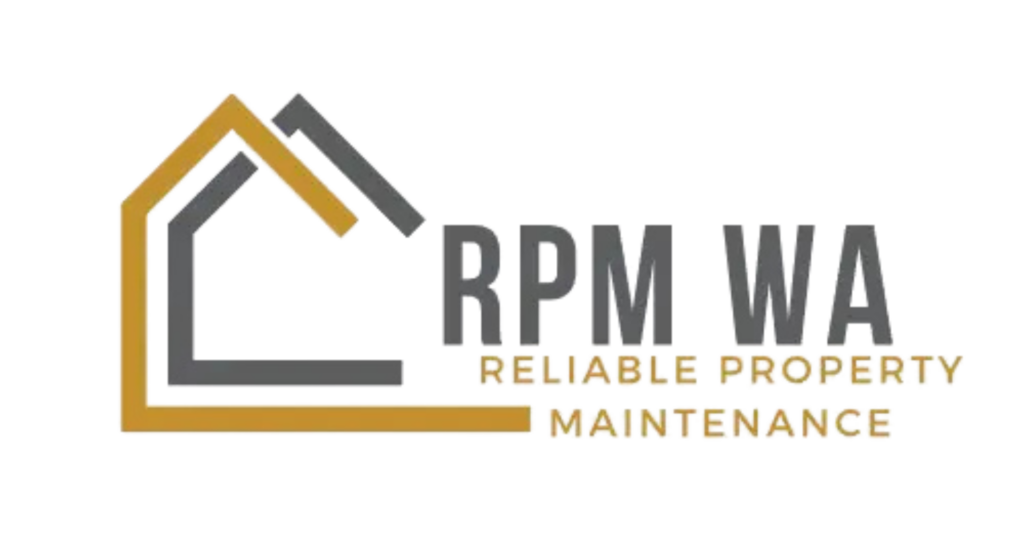Oil stains are the silent saboteurs of kerb appeal — leaving unsightly, slippery blotches on driveways, garages, carparks, and workshop floors. Whether you’re a homeowner in the suburbs or a commercial operator with high-traffic entry points, removing oil stains is a simple way to improve presentation, safety, and even property value.
In this guide, we break down the importance of professional oil stain removal, offer DIY tips, and explain how to protect your surfaces long term.
1. Why Oil Stains Are More Than Just Ugly
Oil doesn’t just sit on the surface — it seeps into porous materials like concrete, pavers, and asphalt. Over time, this can:
- Weaken the surface and cause cracking
- Attract more grime, making stains worse
- Create dangerous slip zones for people and vehicles
- Reduce property value and leave a poor impression on visitors or customers
2. DIY Oil Stain Removal Tips (For Fresh Spills or Light Marks)
If you’ve caught the oil spill early — or you want to maintain your surfaces between professional cleanings — here are some DIY methods worth trying:
🧽 Baking Soda + Dish Soap
- Sprinkle baking soda generously over the stain
- Add a squirt of degreasing dish soap
- Scrub with a stiff brush and hot water
- Rinse and repeat if needed
Works best on small, fresh stains. Let it sit for 15–30 minutes for deeper stains.
🧽 Kitty Litter (Absorbent Clay Type)
- Pour unscented clay kitty litter over the fresh oil spill
- Press it into the surface by stepping on it (wear boots)
- Leave for 24 hours, then sweep up
- Follow with soap and water scrub
⚠️ Caution:
- Avoid using bleach or aggressive solvents on asphalt or painted surfaces — these can cause permanent damage
- Always rinse with clean water to prevent chemical build-up
- DIY methods work best on newer or lighter stains — older, set-in stains may need professional removal
3. Why Professional Oil Stain Removal Works Better
🛠️ We Use:
- Commercial degreasers that break down oil at the chemical level
- Hot water pressure systems for deep penetration and lift
- Specialised surface attachments to avoid streaking or damage
- Eco-safe disposal practices to protect your garden, drains, and the environment
No two surfaces are the same — from sealed concrete driveways to textured commercial paving, our team tailors the technique to match your material and finish.
4. Protecting Surfaces From Future Oil Stains
After cleaning, we recommend applying a concrete sealer or protective coating to resist oil absorption in the future. This makes clean-up easier and helps preserve surface appearance.
🧠 FAQ: How long does oil stain removal take?
Small residential jobs take about 30–60 minutes, while large commercial jobs (like service stations or truck bays) may require several hours or staged cleaning.
🧠 FAQ: Can oil stains be removed completely?
Most stains can be removed 90–100%, depending on how long they’ve set and the surface material. Even stubborn stains are dramatically improved with professional treatment.
5. Why It Matters For Businesses & Homes
🏡 For Homeowners:
- Improves kerb appeal
- Prevents permanent staining
- Makes cleaning your carport or garage easier
- Increases resale appeal
🏢 For Businesses:
- Safer walkways for staff and customers
- Meets commercial cleanliness standards
- Protects expensive paving or concrete flooring
- Reduces maintenance costs long term
Eco-Friendly & WA-Compliant
We only use biodegradable degreasers and environmentally responsible techniques — safe for your garden, pets, and surrounding areas. Our team is trained to protect nearby drains, waterways, and landscaping during the job.
Your Oil Stain Removal Experts – WA-Wide
At Reliable Property Maintenance Solutions, we’ve cleaned oil stains from:
- Driveways & garages
- Commercial carparks
- Industrial workshops
- Apartment complex entrances
- Body corporate shared zones
No matter the surface, we have the tools and experience to restore it.
Need to get rid of stubborn oil stains?
📞 Call 0400 134 439 today for a free quote and reclaim the clean look your property deserves.







